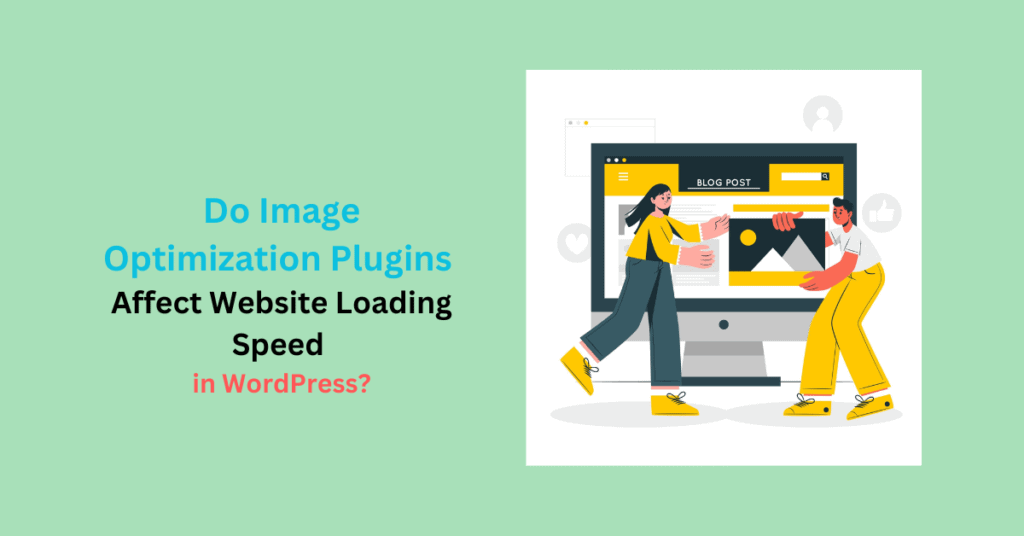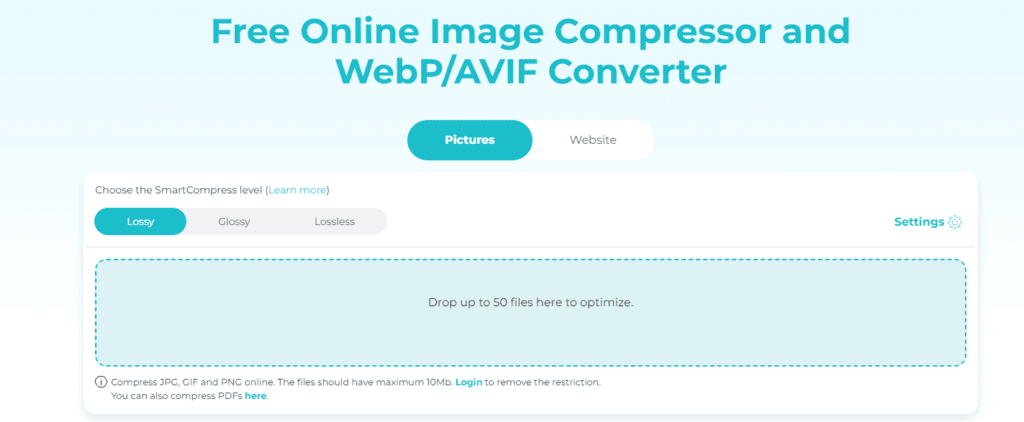Can WordPress Image Optimization Plugins Affect Website Speed?

Using WordPress image optimization plugins improves the loading speed of your website. Visuals are integral to a website but can contribute to slow loading times. High-resolution images and media-rich content are crucial in enhancing the user experience. They also impact the search rankings of a site.
It’s worth noting that a delay of 1 to 5 seconds increases the bounce rate by 90%, according to a Google study. A study by WebPageTest found that optimizing images reduces page load times by up to 80%.
For this reason, WordPress site owners often opt to reduce the file size of images using image optimization plugins. Image optimization plugins reduce bandwidth usage and improve image quality, which leads to faster loading times.
This guide covers the impact of WordPress image optimization plugins in improving the speed and performance of your website.
How WordPress Image Optimization Plugins Work
Site owners use WordPress image optimization plugins to compress images without losing too much quality. As a result, site owners experience a positive impact on search rankings, high user engagement, and lower bounce rates.
The ShortPixel plugin, for instance, is easy to configure and has a bunch of useful image optimization features, including:
Image Compression
Image compression removes unnecessary data from an image file while preserving essential visual elements. Reducing the file size improves the loading times. The ShortPixel WordPress Image optimization plugin employs lossy and lossless compression to reduce file size while retaining visual quality.
Automatic Image Resizing
WordPress image optimization plugins like ShortPixel resize images to your theme’s specified dimensions. Automatic image resizing reduces the file size further, improving the overall loading speed.
Format Conversion
PNG, JPEG, and GIF image formats have different compression and visual quality levels. The ShortPixel plugin analyzes an image and picks the most appropriate format to achieve optimal compression while maintaining visual integrity.
It also supports WebP, a newer image format with better compression than JPEG or PNG. Overall, image format conversion further improves the performance of your WordPress website.
Lazy Loading
Lazy loading delays the loading of images until the user needs them. It helps reduce loading times for web pages with more images. Lazy loading conserves bandwidth, reduces the initial page load time, and provides a seamless browsing experience.
Considerations for Choosing an Image Optimization Plugin
There are top considerations when comparing the best WordPress image optimization plugins for your site. Here’s what to keep in mind when comparing various image optimization tools:
1. Compatibility With Your WordPress Theme and Other Plugins
You want to pick an image optimization tool compatible with your WordPress theme and other plugins. It helps avoid errors and makes integration seamless. Compatibility keeps the site’s visual integrity and functionality intact.
Some WordPress themes and plugins have specific image requirements. For this reason, pick an image optimization plugin that aligns with these needs.
Before choosing a plugin, review its compatibility list on the plugin repository or official site. It’s worth checking for user feedback on compatibility problems with various themes and plugins.
2. User-Friendly Interfaces and Configuration Options
An image optimization plugin should have a user interface that’s easy to use. The plugin should also have configuration options and features that align with your image optimization needs.
Most advanced plugins have a straightforward setup process and an intuitive dashboard. Those with customization options allow you to reduce the file size while maintaining image quality. They also tailor the optimization to your WordPress site’s specific requirements.
3. Support for Modern Image Formats (WebP)
Choose an image optimization plugin that supports WebP, which provides better compression than JPEG and PNG. WebP is known for significantly reducing image sizes and page load times.

First, you need to verify if the plugin supports conversion of images to WebP format. Also, check whether the plugin enables WebP images on your site in a straightforward manner.
4. Performance Benchmarks and Reviews
Assessing the performance of an image optimization plugin helps determine whether it meets your needs. Check out performance comparisons to understand the plugin’s impact on image loading times.
Read user reviews on the WordPress plugin repository. Also, seek performance benchmarks from reputable sources or independent bloggers.
Final Thoughts
Monitoring and analyzing loading speed improvements is crucial in optimizing your WordPress site’s performance. There are tools and techniques for measuring loading speed, interpreting performance metrics, tracking user experience, and more.
Using tools like Google’s PageSpeed Insights, you can evaluate your website’s performance after image optimization. The tool provides a score based on real-world performance data while offering recommendations to improve load times.
Optimizing your images drives conversions, creates longer session durations, and reduces the average bounce rate. Most of all, leveraging image optimization plugins improves the loading speed and provides a seamless browsing experience for your visitors.